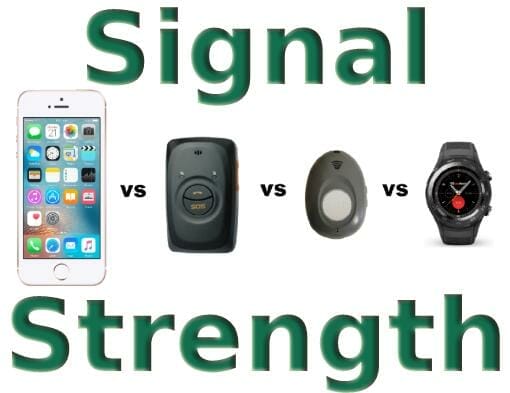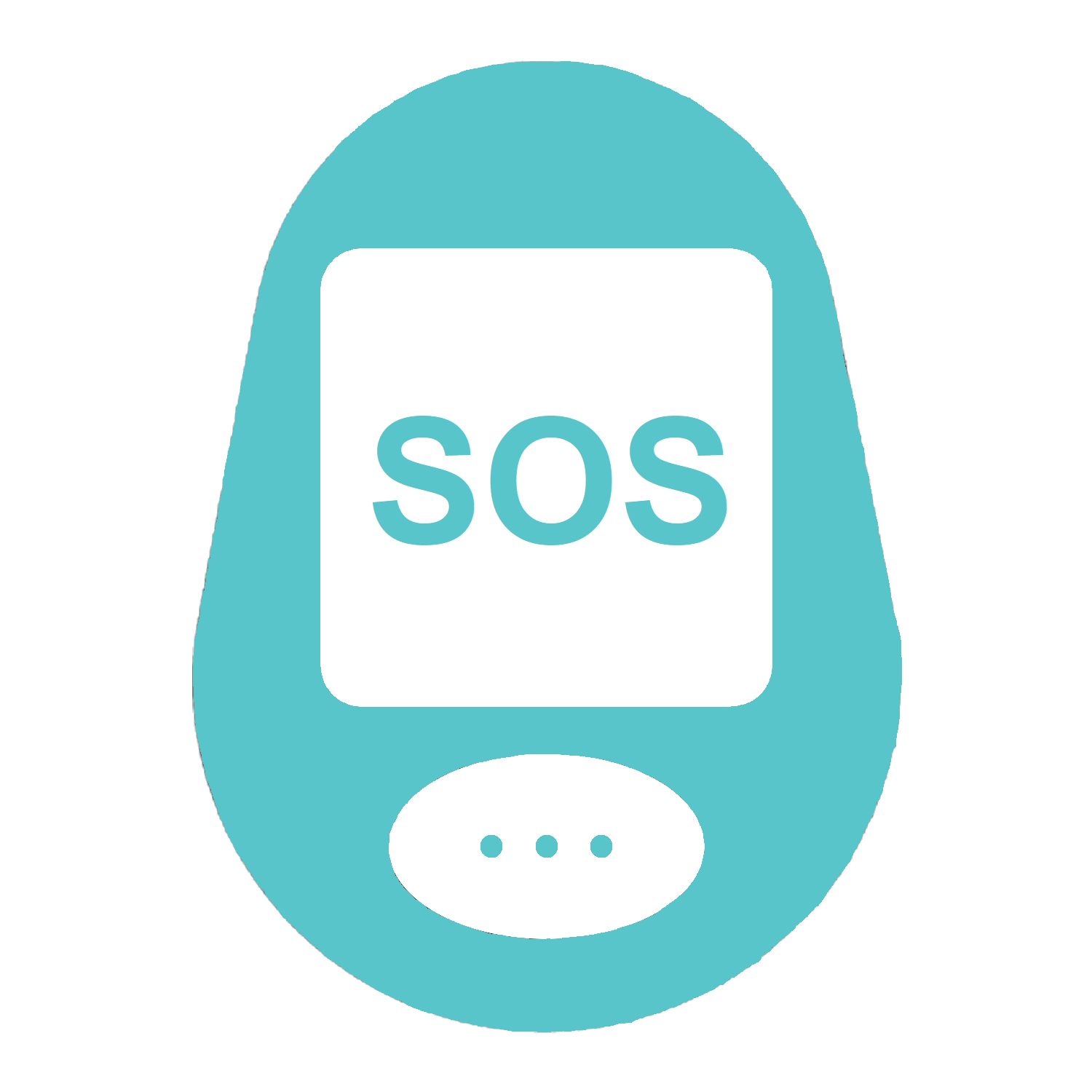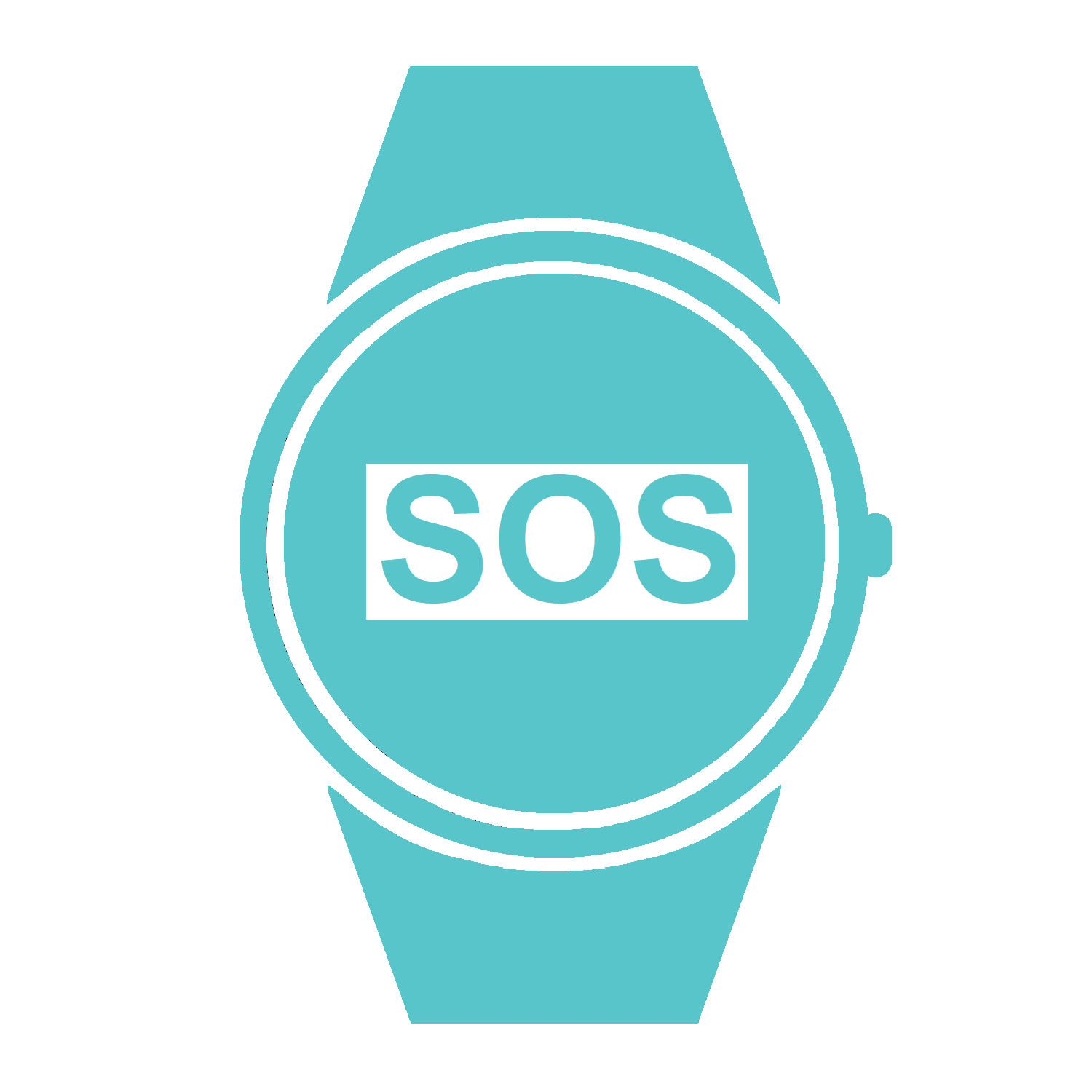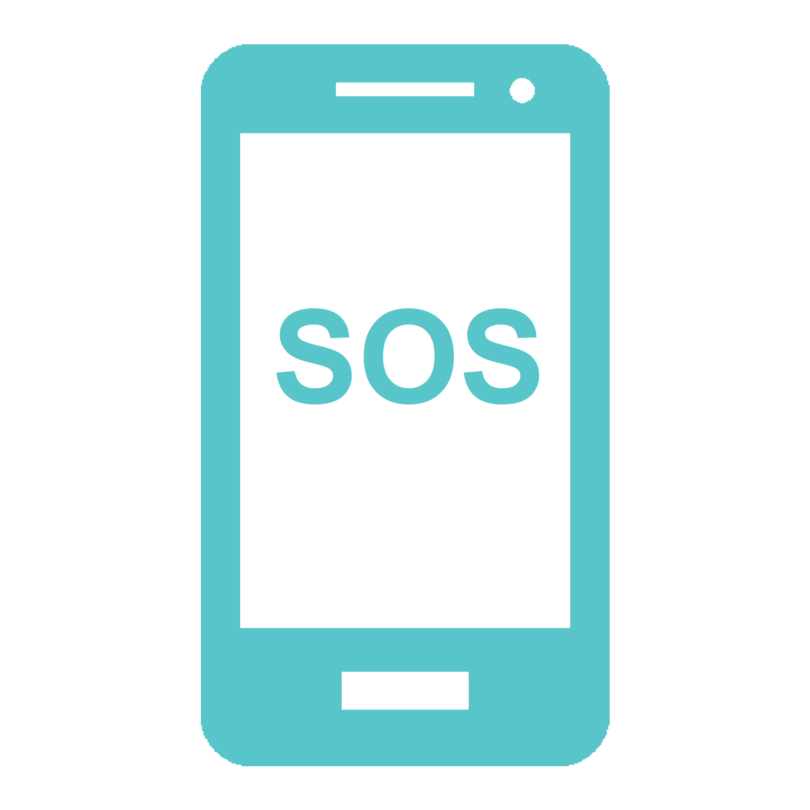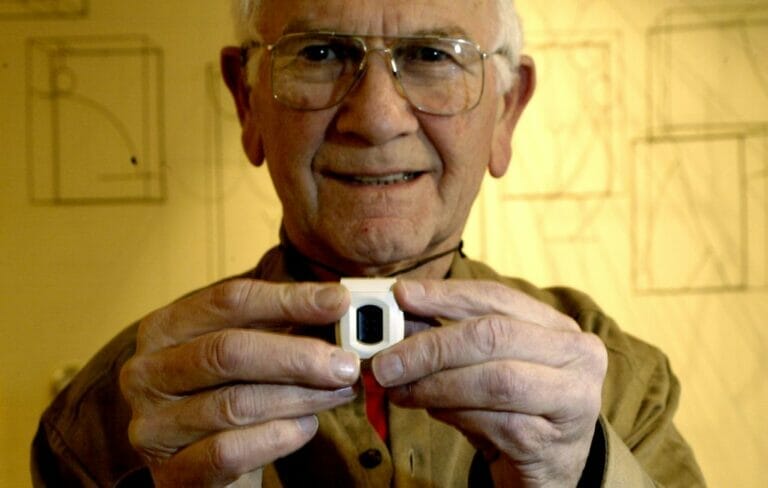Considering Cell Strength when selecting a safety pendant
All mobile phones are reliant on a cell signal to work effectively. Emergency alert devices that house a SIM card use the same cell signal. Basically, these safety pendants or watches are like a simplified, miniature mobile phone; designed to work wherever a conventional mobile phone works.
Inside each of the 4 telecommunication devices shown above, is an antenna to pull in a cell signal from their chosen phone service provider. All things being equal, the bigger the antenna, the more effective the unit is in pulling in the cell signal. A graphic on the top of every mobile phone’s screen is a series of bars showing the cell signal strength. The more bars showing or filled in, the better the signal.
The bars are representative of signal strength for the very spot location of the mobile device. Turn or move from the spot and the strength may be different. Keep in mind that a mobile phone or alert unit will still work with a weak signal as with a strong signal.
VARIABLES AFFECTING SIGNAL STRENGTH
While a mobile phone service provider’s map is a good place to start to see if cell coverage is satisfactory where you reside, consideration should be given to the vs vs vs construction materials of the residence where the safety alert is to be used. A tin roof or multi-story dwelling will always diminish cell signal strength. A hilly terrain is a significant signal buster. Sparsely populated or remote areas may have small pockets where a signal is present, but you won’t have to go far to lose the signal altogether..
To test the likely effectiveness of a smaller alert unit, use a mobile phone to call from the location where the emergency device is expected to work. Note how many filled bars appear as you walk around every room of the residence. Stay with the phone call to assure that the connection is continuous and does not drop out.
If you consistently see 4 or 5 bars, it’s likely that even the smallest of alert devices should work acceptably well. If you see only a single bar or the signal cuts out, it’s likely that a smaller device will struggle to get any kind of signal.
As popular as the iHelp and other comparably-sized units are, if your mobile phone is getting 1-2 bars, you’d be wise to go with a slightly larger safety pendant like the HD model.
IMPROVING SIGNAL STRENGTH
Cell signal boosters are illegal to use in Australia.
Only the Cel-Fi has been approved by your phone service provider and while it will certainly do the job intended, few can afford the thousand dollar price tag that goes with one.
Despite the popularity of small alert devices, if your mobile phone is getting 1-2 bars where an alert unit would be used, a small unit may not necessarily work when it’s most needed.
For those not in a position to spend a thousand or more for a Cel-Fi, there is a practical alternative. Choosing a slightly larger safety pendant like the Sentry could make all the difference in capturing that extra bar for added signal strength.



